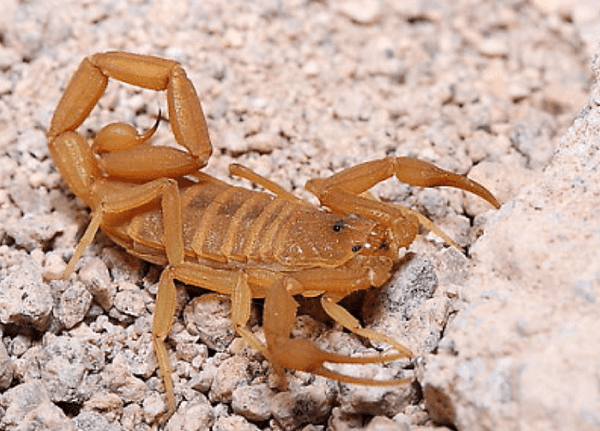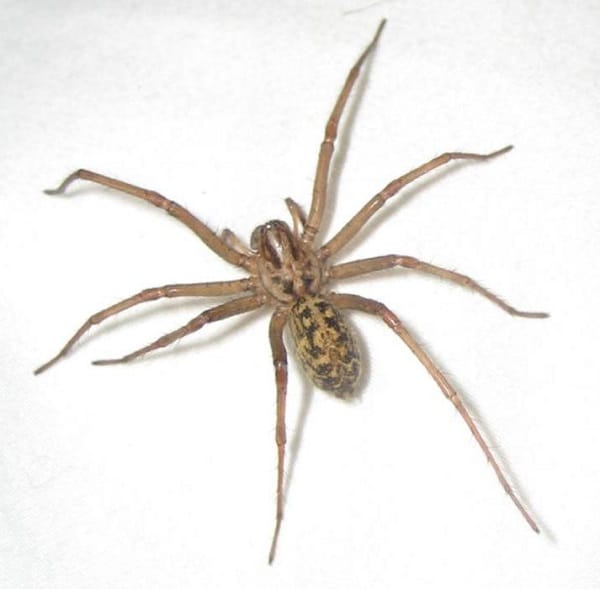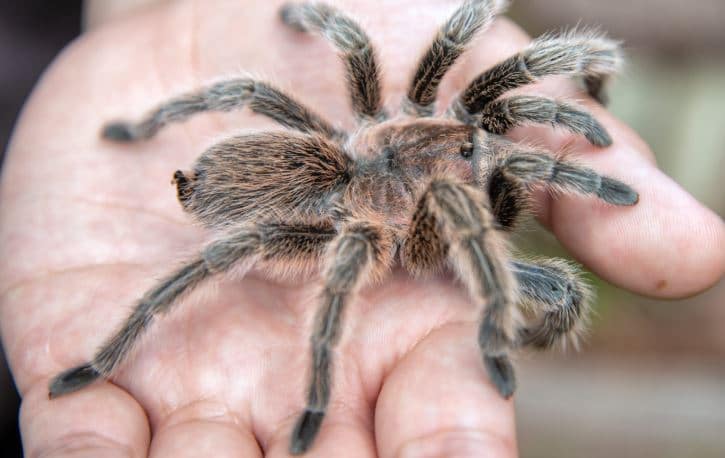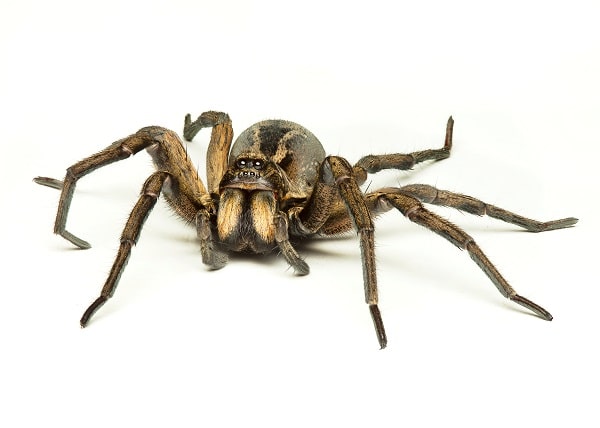Even though they’re quite creepy and not the best to look at, most spider species you see are harmless. They are helpful as they prey on other insects that could damage your yard plants. But there are several spider species and other arachnids you will want to keep clear of. Seek treatment immediately if one of them bites you. Did you know that the scorpion is also an Arachnid? Please continue reading to learn about what ones to avoid and what they look like.
1. Scorpion

The Arizona bark scorpion is the most venomous in North America. Still, the good news is most people survive a bite, but there are a few recorded deaths related to this nocturnal creature, mostly found in desert conditions. They usually hide during the heat of the day, you can find them under rocks, piles of junk, or wood, and they are often found in homes because they only need 1/16 of an inch to gain entry. Most people get bit because these scorpions like to hang on the underside of an object, so always look before your reach and grab something.
2. Brown Recluse

We thought we’d start with one of the most deadly spiders, The Brown Recluse. This mid-brown spider is most common in the south and can grow to over an inch in length. They are also known by another name–Fiddleback–as they have the shape of a violin on the back of their body with the tip pointing towards their abdomen. The venom of the Brown Recluse is necrotizing, which means it causes tissue death in the areas affected by the spider bite.
3. Black Widow

We all know what these spiders look like: a small, shiny blackbody with an orange or red hourglass shape on the underside of the abdomen. You’re very unlikely to come across Black Widows in the open, but they love dark, quiet places like sheds, garages, crawl spaces, woodpiles, and other similar areas. Black Widow venom is very dangerous, as it affects the nervous system and may cause nausea, headache, fever, abdominal pain, and hypertension. The good news is that Black Widow spiders are not aggressive and will only bite if disturbed suddenly or threatened.
4. Hobo Spider

These spiders live primarily in the northwestern states such as Washington, Montana, Oregon, Idaho, Colorado, and Wyoming. They reach up to half an inch in body length and are dark brown with a chevron pattern on their abdomen. A bite from a Hobo Spider forms a blister, then breaks and turns into an oozing ulcer. Other symptoms include a bad headache, nausea, weakness, fatigue, damaged eyesight, and short-term memory loss.
5. Tarantula

If you’re living somewhere with a warm climate and have a well-drained, dry yard, then your yard may be home to tarantulas. All tarantulas are venomous, but despite their venom and intimidating appearance, no recorded deaths are resulting from a tarantula bite. However, it’s still a good idea to steer clear of them, as their bites can be very painful, and their bodies are covered in hairs that fall off and cause an itchy rash. Besides: no one wants to be that first recorded statistic!
6. Wolf Spider

If you have Wolf Spiders in your yard, you’re unlikely to see much of them, as they are a solitary nocturnal species and live in burrows in the ground. Their bodies may grow up to an inch and a half in length, and larger spiders hunt insects, lizards, and frogs. Despite their fearsome appearance, they are much more likely to retreat into their burrows than they are to bite when threatened. Wolf spider bites are very painful, being described as like the sting of a bee. Though the spiders in your yard are likely to be completely harmless, it doesn’t hurt to be prepared and ready. Now you’ll be able to identify which spiders you want to
avoid so you can safely enjoy your yard!









